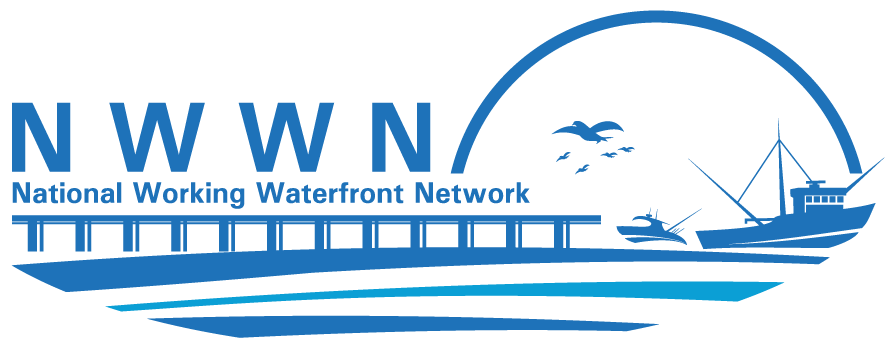Commercial fishing is a massive economic driver in the United States, vital to regional, state, and local economies of working waterfronts and coastal communities across the nation . In 2022, U.S. commercial fishers landed 8.3 billion pounds of seafood valued at $5.9 billion dollars. While it is clear the importance of commercial fishing to the economy, it’s sustainability is threatened, and some areas of the country are experiencing significant hardships while others continue to prosper.
The strength of a local fishing industry directly impacts a fishers’ ability to acquire and afford shore-based resources (including waterfront dockage, supplies, and processing services). Issues such as the “graying of the fleet” and workforce labor shortages in shoreside services, climate change impacts threatening and damaging crucial infrastructure through increased storms and leading to shifts in species habitat from warming waters, and lack of access to affordable and appropriate dock space are among the many stressors that the commercial fishing industry faces.
The sustainable evolution of the industry ensures that shore-based resources are accessible, provides opportunity for workforce development, and pathways for adapting to climate change, and in turn promotes economic growth, and cultural value in the working waterfront community.
Workforce Development
- Graying of the Fleet in the Great Lakes Fisheries – Great Lakes Future Fishers Initiative Apprenticeship Program
Learn about the development of the apprentice program and ways researcher’s created school and community partnerships to connect prospective workers with the program.
Greening the U.S. Commercial Fishing Fleet
Shoreside Infrastructure
Policy and Funding Resources for Supporting Commercial Fishing Working Waterfronts
Disaster Relief

